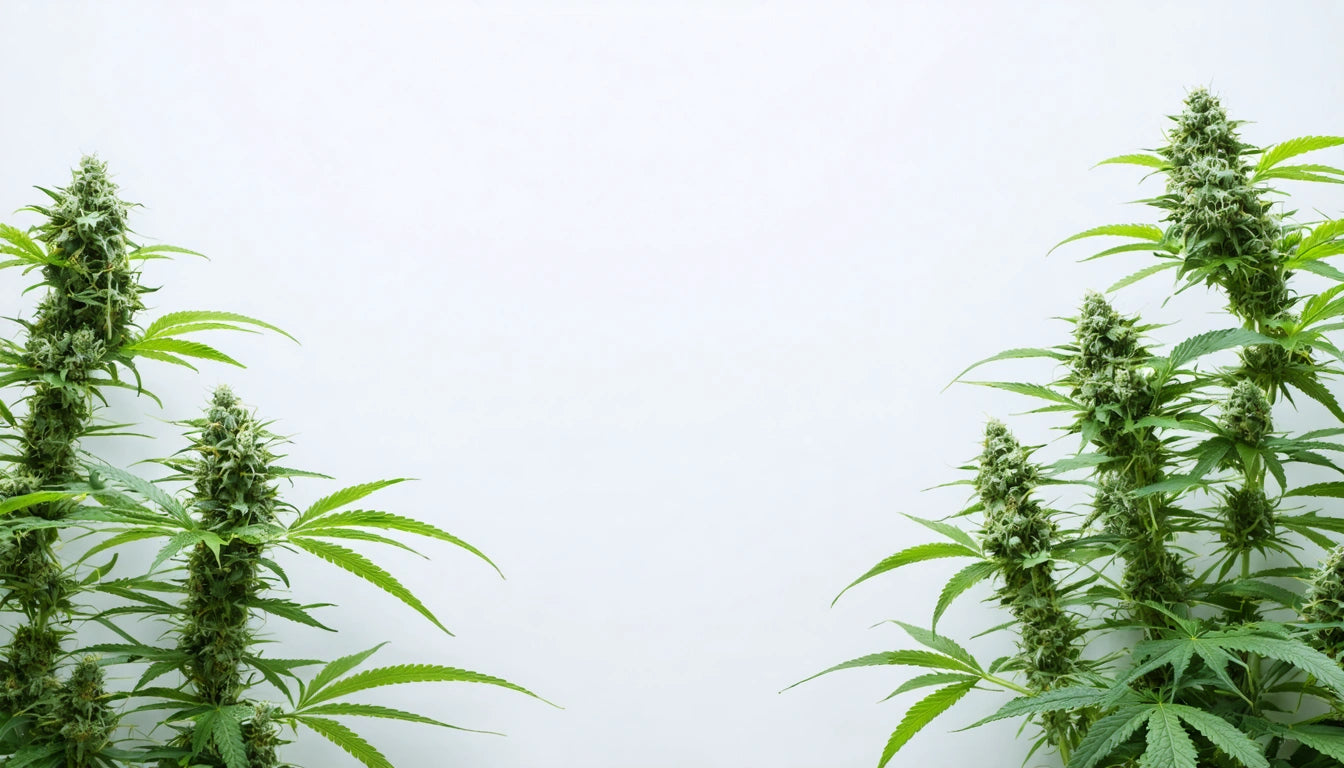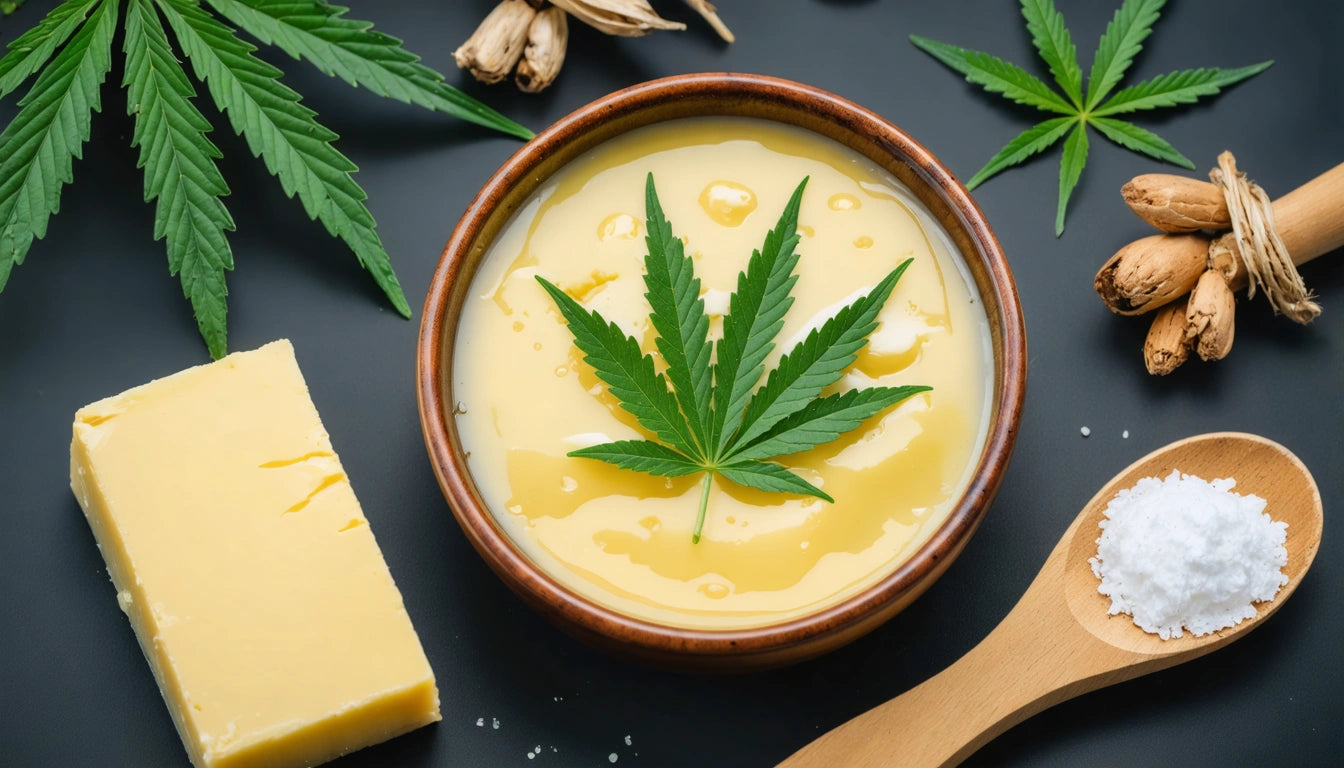Table of Contents
- Visual Indicators That Your Cannabis Is Ready to Harvest
- Trichome Inspection: The Most Accurate Method
- Pistil Observation and Color Changes
- Timing Factors That Influence Harvest Decisions
- Strain-Specific Considerations for Harvest Timing
- Essential Tools for Determining Harvest Readiness
- Harvest Best Practices for Maximizing Quality
How to Determine the Perfect Time to Harvest Your Marijuana Plants
Knowing when to pick your pot plants is perhaps the most crucial decision in the cultivation process. Harvest timing directly impacts potency, flavor profile, and the type of effects your cannabis will produce. Whether you're a first-time grower or experienced cultivator, understanding the subtle indicators of peak ripeness ensures you'll maximize the quality of your harvest.
Visual Indicators That Your Cannabis Is Ready to Harvest
When determining when pot is ready to pick, several visual cues can guide your decision. As cannabis plants mature, they undergo noticeable changes that signal their readiness for harvest.
Fan Leaf Changes
As harvest approaches, fan leaves begin to yellow and may show signs of nitrogen deficiency. This is a natural part of the plant's life cycle rather than a problem to fix. The plant redirects energy from leaf production to flower development, causing lower leaves to fade from vibrant green to yellow.
Bud Appearance
Mature buds appear dense and slightly swollen. The calyxes (the small pods that make up the bud structure) will expand, and the overall flower will look fuller compared to earlier flowering stages. When plants are ready for harvest, new white pistil production slows significantly.
Trichome Inspection: The Most Accurate Method
Trichomes are the tiny, mushroom-shaped glands that cover the flowers and contain most of the plant's cannabinoids and terpenes. Their appearance provides the most reliable indicator of when to pick marijuana.
To properly assess trichomes, you'll need magnification. A jeweler's loupe or digital microscope with 30-60x magnification works best. When examining trichomes, look for these stages:
- Clear trichomes: Translucent heads indicate the plant is not yet ready. THC production is still ongoing.
- Cloudy/milky trichomes: When most trichomes turn cloudy white, THC levels are at their peak, producing an energetic, cerebral high.
- Amber trichomes: As trichomes turn amber, THC begins converting to CBN, resulting in more sedative effects.
For most cultivators, the ideal harvest window occurs when 70-90% of trichomes are cloudy, with 10-30% beginning to turn amber. This balance typically provides optimal potency while maintaining the desired effect profile.
Pistil Observation and Color Changes
Pistils, the hair-like structures that protrude from the buds, offer another visual clue for when pot is ready. During the flowering stage, pistils start out white and straight, gradually darkening to orange, red, or brown as they curl and recede into the bud.
As a general guideline:
- When 50-70% of pistils have darkened: Early harvest (more energetic effects)
- When 70-90% of pistils have darkened: Peak harvest (balanced effects)
- When over 90% of pistils have darkened: Late harvest (more sedative effects)
While pistil observation is less precise than trichome inspection, it's a helpful supplementary method that doesn't require magnification.
Timing Factors That Influence Harvest Decisions
Several external factors can influence when to pick your pot plants:
Flowering Time Guidelines
Most seed companies and breeders provide estimated flowering periods for their strains. These guidelines typically range from 7-9 weeks for indicas and 10-12 weeks for sativas, with hybrids falling somewhere in between. Use these timeframes as a starting point, but always rely on visual indicators for final decisions.
Environmental Considerations
For outdoor growers, weather patterns may force an earlier harvest to prevent mold or frost damage. Indoor cultivators have more control but should still monitor humidity levels as plants mature.
According to our comprehensive harvesting guide, environmental stress can accelerate maturation, potentially shortening the ideal harvest window.
Strain-Specific Considerations for Harvest Timing
Different cannabis varieties have unique harvest windows based on their genetic makeup:
Indica vs. Sativa Timing
Indica-dominant strains typically mature faster (7-9 weeks of flowering) compared to sativa-dominant varieties (10-14 weeks). Hybrid strains usually fall somewhere in between, depending on their genetic composition.
Autoflowering Strains
Autoflowering varieties follow a predetermined life cycle independent of light schedules. Most autoflowers are ready to harvest 10-12 weeks after germination, regardless of environmental conditions. For these plants, trichome observation remains the most reliable indicator of readiness.
For more details on strain-specific timing, refer to our guide on optimal harvest timing for maximum yield.
Essential Tools for Determining Harvest Readiness
Having the right equipment makes assessing harvest readiness much easier:
- Magnification: A jeweler's loupe (30-60x) or digital microscope for trichome inspection
- Calendar: To track flowering time from the onset of the flowering stage
- Trimming scissors: For taking small sample cuts if needed
- Digital scale: For weighing test samples and tracking yield. We offer precision digital scales specifically designed for cannabis measurement that provide accurate readings for both small samples and full harvests.
These tools help eliminate guesswork and ensure you're making data-driven decisions about when your pot is ready to pick.
Harvest Best Practices for Maximizing Quality
Once you've determined your cannabis is ready for harvest, follow these best practices to preserve quality:
Time of Day Considerations
Many experienced growers prefer harvesting in the early morning when terpene concentrations are at their highest. As discussed in our day vs. night harvesting guide, this timing can enhance the aromatic profile of your final product.
Phased Harvesting
Consider harvesting your plants in stages, beginning with the top colas that typically mature first. This approach allows lower buds additional time to develop, potentially increasing overall yield and quality.
Remember that properly dried and cured cannabis can maintain its potency for extended periods when stored correctly. For more information on post-harvest longevity, check out our guide on cannabis shelf life.
By carefully observing your plants and using the methods outlined above, you'll be able to determine the perfect moment to harvest your marijuana plants, ensuring optimal potency, flavor, and effects tailored to your preferences.










Leave a comment
All comments are moderated before being published.
This site is protected by hCaptcha and the hCaptcha Privacy Policy and Terms of Service apply.